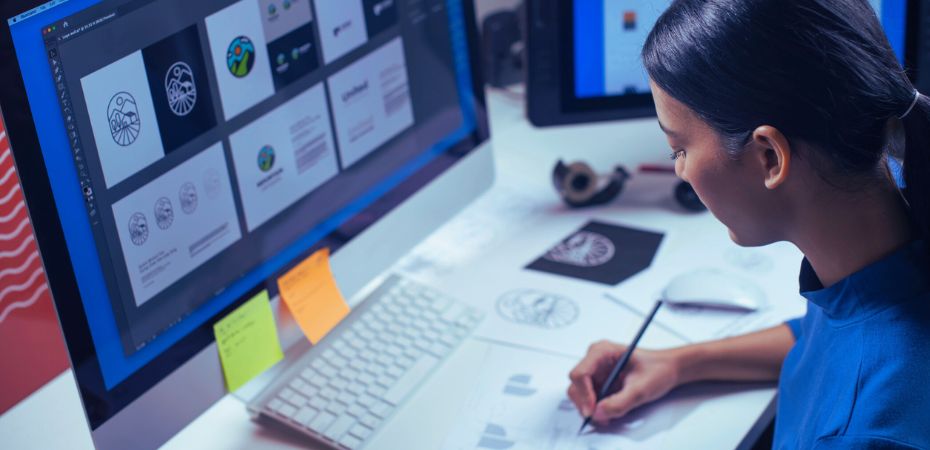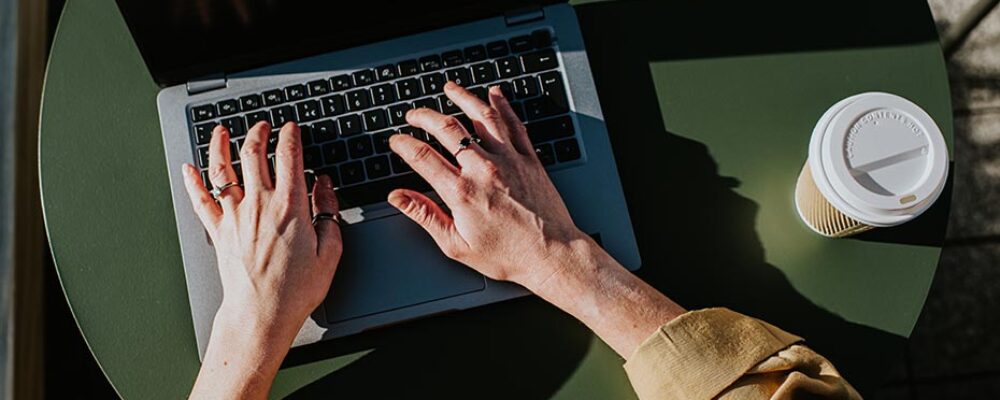While you are probably aware that you can use patents and copyright to protect your software, websites and apps, you might not be aware of another valuable form of intellectual property protection: industrial designs. Industrial designs can be a cost-effective way to protect user interfaces and icons.
Industrial designs protect the visual features of an article, such as the shape, configuration, pattern, or ornamentation. Industrial designs only protect features that appeal to the eye. They do not protect functional features or methods of use or manufacture. Patents should be used to protect such features.

Industrial design protection 101.
In Canada, there is no protection for unregistered industrial designs. To obtain industrial design protection, you must file an application for registration of your design. An application for an industrial design contains the name and address of the applicant, the name of the article to which the design is applied, an optional short description, and drawings or photographs of the article showing the design.
To apply for industrial design protection, you must be the owner of the design. The author of the design is the first owner, unless the author made the design for another person under contract. To ensure ownership of the design, intellectual property rights in the software may be assigned in a written agreement by the creators of the software and user interfaces.
The term of protection begins at registration and ends the later of 10 years from the registration date and 15 years from the filing date. One renewal fee is due on the fifth anniversary of registration to maintain protection.
How industrial designs protect design elements.
Industrial designs protect a design applied to an article. A user interface or icon therefore cannot be protected on its own. The user interface or icon must be applied to an article, such as a display screen. The display screen may be shown in the drawings, but it does not need to be. Broken lines may be used to illustrate parts of the article that are not part of the design or to illustrate environmental matter. The display screen may be illustrated in broken lines to limit the design to the features of the user interface or icon.
User interfaces may contain animations. For example, an app may animate its opening screen. As another example, a user interface may animate an icon in response to user input. Animations may also be used to show progress of a task. Such animations may be protected using drawings that represent the animation as a sequence of frames. Figure references may be used to identify the ordering of the frames.
Colour often forms an important part of the appearance of a user interface. It is now possible to claim colour as a feature of a design in Canada by submitting colour drawings or photographs. The description should specify that the colours shown in the drawings form part of the design. A colour identification system may be used to more precisely define the colours appearing in the drawings.
What are industrial design symbols?
Registered industrial designs in Canada should be marked with the industrial design symbol. The marking comprises the capital letter “D” in a circle and the name of the owner of the design. The marking should appear on all, or substantially all, of the articles to which the registration pertains or the labels or packaging associated with those articles.
Unfortunately, the law does not specify how to mark designs that do not have physical form, such as user interfaces. Best practice would suggest including a URL on the page containing the design linking to the marking. Nonetheless, it is unclear at this time whether such virtual marking is sufficient.
Understanding the scope of protection.
The scope of protection provided by industrial designs is relatively limited compared to patents. In order for an article to infringe a registered design, the article must be the same as the article in respect of which the design is registered. Furthermore, the design applied to the article must not differ substantially from the registered design. Industrial designs are best at preventing knockoffs that copy the visual appearance of the user interface or icon.
Nonetheless, there are advantages to industrial designs. Industrial designs are less expensive and can usually be obtained more quickly than patents. Industrial designs are a complementary form of intellectual property protection that should be considered as an option for protecting your rights in your software, websites, and apps.
Gowling WLG is a multinational law firm formed by the combination of Canada-based Gowlings and UK-based Wragge Lawrence Graham & Co in February 2016, in the first multinational law firm combination co-led by a Canadian firm.
Please visit the firm link to site





